As more parents and educators adapt to our new reality of online learning, many are searching for educational topics that will keep the children in their lives engaged, informed, and hopeful about the future. The issue of women and political leadership is timely and can be easily incorporated into various academic subject areas as well as family discussions and playtime. The Center for American Women and Politics’ Teach a Girl to Lead® (TAG) project has insightful and interactive content that will stimulate young people’s interest in the subject of women’s political leadership and keep them attentive and entertained. Here are 8 examples of ways to use TAG content both during class time and play time for K-12 students:
*All of these activities can be adapted for both online learning management systems and a traditional in-class format.
Activity #1 – Apply a gender lens to whatever you are teaching/doing.
No matter what you are teaching or doing, applying a gender lens is a useful way of thinking about the larger picture and beginning a conversation on this topic. It means to view programs and materials with particular attention to gender imbalances or biases in what is being presented. Using a gender lens reveals the ways in which content and approaches are gendered – informed by, shaped by, or biased toward men’s or women’s perspectives or experiences.
A great way to start applying a gender lens is by using characters from books, films, and games that your child already enjoys to think about gender imbalances and leadership. For instance, if your child really enjoys Marvel, have them read books on women leaders like Captain Marvel or Storm of the X-Men and discuss how their leadership legacy compares to that of a woman politician and what gendered obstacles they may share. Or have your kids/students write a campaign slogan or election plan for a young woman leader in the Marvel Universe like Ms. Marvel or Iron Heart and have them discuss the gender-specific perspective they can bring to government. Gender is in everything, challenge yourself and the young people in your life to think about all that they learn and encounter through a gender lens.
Activity #2 – Tune into the TAG Virtual Reading Project
Women state legislators across the country have continued their participation in the Teach a Girl to Lead® Reading Project virtually by hosting online readings and discussions of the book Grace Goes to Washington by Kelly DiPucchio. As part of our annual Reading Project, with generous support from the Hess Foundation, the Honorable Constance Hess Williams, and Comcast NBCUniversal, this past fall we sent copies of Grace Goes to Washington to every woman state legislator, statewide elected official, and member of Congress. We encouraged them to read and discuss this book with kids in their district. Many of them are now hosting virtual story time on their social media pages.
Check your local state legislators’ page to see if they are hosting a story time, if not then encourage them to do so by sending them this link. You can also tune in to a reading hosted by another woman legislator, CAWP’s social media keeps track of when they are happening. So far we have reposted videos of Rep. Ashton Clemmons (NC), Rep. Attica Scott (KY), and Rep. Holly Rehder (MO) participating in this project. This is not only a great way for students to get access to this amazing book that explains how federal government works to elementary school-aged children, but it also is a great way to help your kids virtually meet a woman legislator and learn from them.
Former First Lady Michelle Obama will also be hosting virtual read-along sessions with PBS Kids every Monday at 12 pm ET from April 20 to May 11, 2020.
Activity #3 – Celebrate the centennial of women’s suffrage
August 18, 2020 marks 100 years since the passage of the 19th amendment to the U.S. Constitution, guaranteeing the right of citizens to vote without any denial or abridgement on the basis of sex. This amendment granted women in the U.S. the right to vote and was the result of a historic movement led by women. In the Teach a Girl to Lead® Teaching Toolbox, we have a Women’s Suffrage in the United States lesson plan that explores the history of the women’s suffrage movement and includes materials, handouts, biographies, readings, and videos to choose from. It also includes discussion questions categorized by age group that connect the history of women’s suffrage to concepts of equal rights and representation. Check out the Center for American Women and Politics website as well for more suffrage centennial data and resources.
This lesson can be followed up with your own suffrage centennial celebration. Participants can dress up as a known suffragist, read from historical speeches and documents, and watch movies about the women who led this movement. In courses related to math, students can use our CAWP fact sheets to examine statistics on women’s voting records since suffrage and analyze them. Whatever you decide to do, help us celebrate this important anniversary!
Activity #4 – Choose a book, film, or web video from our expansive list
Down time can also be a great time to learn through books, films, and web content. We at CAWP have compiled expansive lists of media content focused on women’s political history and women public leaders. The lists can be easily searched and have content for all age groups, reading preferences, learning styles, etc. You can make this content interactive by following up with discussion questions, making art or poetry of the characters you encountered, rethinking plot lines and interview questions you saw, and/or dressing up as characters.
Check out our lists here and find something that might interest you and the young people in your life.
Activity #5 – Dive into the relationship between women and our political institutions
Your students/kids have lived with the potential reality of a woman president, whether through the campaigns of the women who ran for president in the 2020 primaries or through the historic nomination of Hillary Clinton in 2016. Additionally, with the record-breaking number of women who ran, and won, in the 2018 congressional elections, young people are starting to see more attention being paid to the lack of gender parity in their political institutions overall.
The lesson plans in the Teach a Girl to Lead® Teaching Toolbox on Women and the Presidency and Women and Congress delve into the complexity of women’s relationships with these political institutions and can help spark a discussion with your students on what they have observed around women’s roles in these institutions in this current time. Like all lesson plans in our toolbox, these modules are complete with resources and discussion questions for all ages.
Activity #6 – Explore the historical and current impact of women of color in American politics
The subject of the underrepresentation, roles, and impact of women of color in American politics is something that all young people should be aware of. The lesson plan on Women of Color in American Politics in the Teach a Girl to Lead® Teaching Toolbox is a great way of bringing that awareness into your classroom and home. The goal of this module is to provide resources and ideas that will alter young people’s image of politics as a masculine space and political actors as white men and challenge them to move beyond assumptions about “men” and “women” in politics by offering resources that illuminate the diversity within women.
Use our book list to search books by and about women of color in politics and make a reading list for your kids. April is National Poetry Month, so this is also a great time to explore the political poetry of women of color political activists, like Audre Lorde, and bring it into conversation with the current and historical treatment of women of color in the United States.
Activity #7 – Utilize games and puzzles
Games and puzzles are a fun and interactive way to get a child learning, and can turn into an engaging activity for the whole family or classroom. This Teach a Girl to Lead® list features hands-on activities and exercises, including a women’s political history Jeopardy game and an Advocacy Day role-playing exercise. Additionally, there are newer games related to women’s political leadership that are great for educating and engaging young folks.
The award-winning 2121 game is a guided facilitator card game where each player acts as a real woman who is running or has run for office. The game utilizes role-playing and strategic decision-making that highlights the process of running for office for many women and also includes historical information on women and politics. Another example is the Who’s She board game from Playeress, which is like Guess Who? with notable women’s history figures as the playable characters. Additionally, there is The History Channel’s Famous Women in American History card game, the Little Feminist Memory Match game, and the Little People, Big Dreams matching game.
Puzzles are also fun for kids to engage with and spend time away from their screens. Some examples are: Nevertheless She Persisted puzzle, Ridley’s Inspirational Women Feminist Circular Jigsaw puzzle, Little Feminist Family puzzle, Votes for Women puzzle, and Women Who Dared building blocks. To set free the inner artist and do a quiet activity, you can turn to coloring books like the America’s First Ladies Coloring Book, and The Blue Stocking Society Coloring Book, which highlights women of color leaders, and this Huffington Post list of printable coloring sheets of women leaders.
Finally, virtual trivia games on women’s political history are also available on educational sites Scholastic and Brain Pop. You can also check out the National Women’s History Alliance for a list of trivia games created by them.
Activity #8 – Engage with the experts and the community
There is a larger community of folks who are already doing the work to educate young people on women and political leadership, and they want to involve you!
Follow a Women & Politics academic on social media and see what they are doing at home with their families and students. Christina Wolbrecht, Director of the Rooney Center for the Study of American Democracy and professor of Political Science at Notre Dame University, created a syllabus for watching Mrs. America on FX, a series about the fight for the Equal Rights Amendment. Amanda Bittner, Director of the Gender & Politics Laboratory and professor of Political Science at Memorial University, recently shared a #5DaysofGenderPol homeschooling lesson plan for children aged 7+ that is adaptable to all ages. This lesson plan gets kids thinking about gender and political leadership through numerous interactive exercises, readings, and discussion questions.
You can also check out this list of programs and places on the TAG site and see what programs in your area you would like to connect with. Many of them are putting out interactive, engaging, content related to the topic of women and political leadership. The Center for American Women and Politics website has lots of resources such as fact sheets and timelines that can be used for interactive exercises like trivia games, such as our Milestones for Women in American Politics timeline. For more resources on how to use the research, data, and analysis done by the Center for American Women and Politics for online learning please check out this post on our CAWP blog by Research Associate Claire Gothreau.
Invite your larger school community, family, and friends to try any of these ideas with you. It is so important for young folks to learn about women’s political leadership now so that they can change the future for the better.
By Christabel Cruz, Director, NEW Leadership®
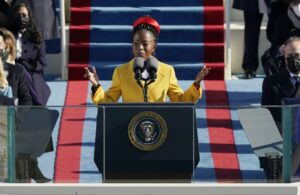 The 2021 Presidential Inauguration was a historic day for many reasons, and a young woman, Amanda Gorman, emerged as its shining star. Gorman is the youngest inaugural poet in U.S. history and her inspirational inaugural poem, The Hill we Climb, was a timely call to action and moment of healing for the nation.
The 2021 Presidential Inauguration was a historic day for many reasons, and a young woman, Amanda Gorman, emerged as its shining star. Gorman is the youngest inaugural poet in U.S. history and her inspirational inaugural poem, The Hill we Climb, was a timely call to action and moment of healing for the nation.
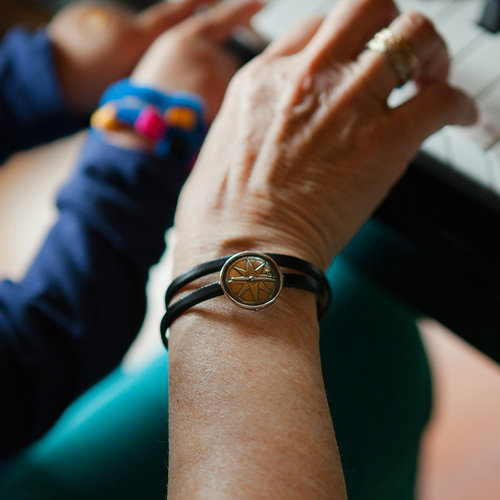
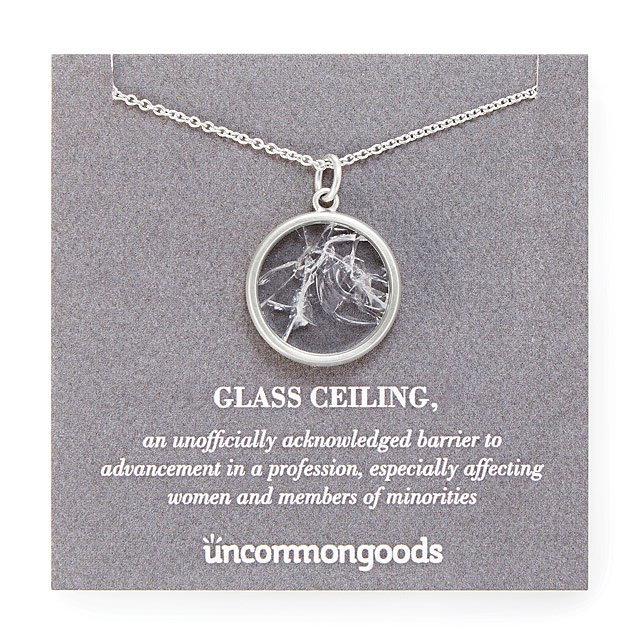

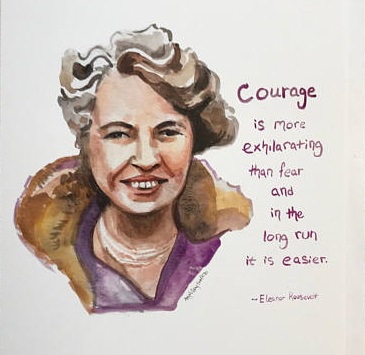
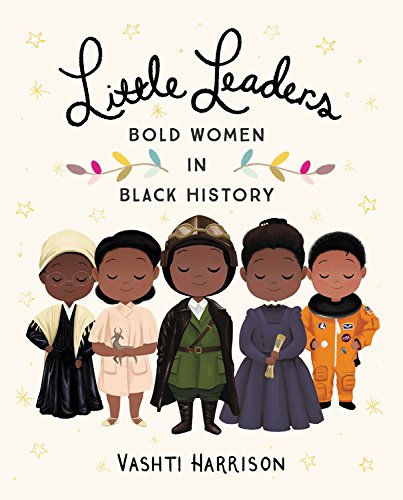
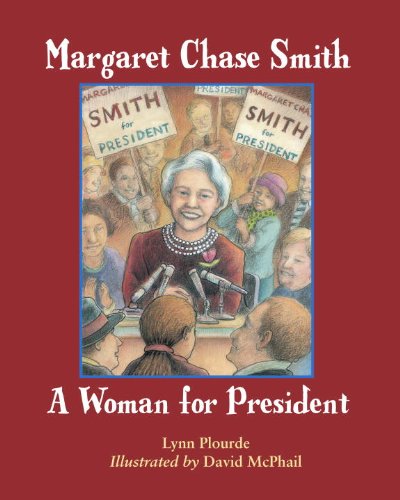
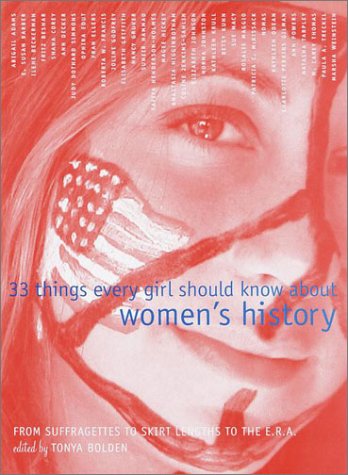
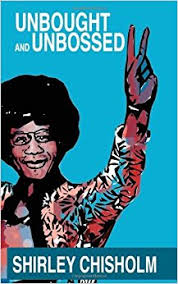














 This Father’s Day, I hope dads and daughters will experience politics together. Research
This Father’s Day, I hope dads and daughters will experience politics together. Research 